Muscle injuries—whether they’re strains, pulls, or tears—can disrupt your routine and sideline your training. The good news? With the right strategies, you can significantly speed up recovery and get back to movement sooner. This guide walks you through proven methods to heal muscle injuries faster—without risking further damage.
Understanding Muscle Injuries: Strain vs. Pull vs. Tear
Though often used interchangeably, there are key differences:
-
Muscle strain: Overstretching or minor tearing of muscle fibers, often due to fatigue or improper use.
-
Pulled muscle: A layman’s term typically referring to a mild or moderate muscle strain.
-
Muscle tear: A more severe injury involving a partial or complete rupture of the muscle fibers.
No matter the severity, your body needs proper care to repair the damaged tissue.
The Fastest Ways to Heal Muscle Strains and Pulls
-
Act Fast with RICE (Rest, Ice, Compression, Elevation)
Within the first 24–48 hours of injury, your priority is reducing inflammation:-
Rest the affected area to prevent further damage.
-
Ice the muscle for 15–20 minutes every few hours.
-
Compression with an elastic bandage helps reduce swelling.
-
Elevation above heart level encourages fluid drainage.
-
-
Avoid Heat and Massage Initially
While tempting, applying heat or massage too early can increase inflammation and delay healing. Wait until the acute swelling has passed—usually after 48–72 hours. -
Reintroduce Gentle Movement
As pain decreases, begin gentle range-of-motion exercises to stimulate blood flow and prevent stiffness. Avoid stretching to the point of pain.
How to Heal a Torn Muscle Faster
More severe muscle tears may take weeks or even months to fully heal. Here’s how to speed things up safely:
-
See a medical professional early for assessment. A moderate to severe tear may require physical therapy—or in rare cases, surgery.
-
Fuel your recovery with protein-rich meals. Muscles rebuild using amino acids, so your diet directly influences healing speed.
-
Supplement wisely: Consider collagen, vitamin C, and omega-3s to support tissue repair and reduce inflammation.
-
Hydrate aggressively: Muscles recover more efficiently in a hydrated environment.
What Actually Helps Muscles Heal Faster?
-
Active recovery: Once pain subsides, low-impact activities like walking, swimming, or cycling promote circulation without overloading the injured muscle.
-
Physical therapy: A targeted rehab plan helps restore strength, balance, and mobility faster than rest alone.
-
Sleep quality: Growth hormone, which aids muscle repair, is released during deep sleep. Aim for 7–9 hours nightly.
-
Consistency: Skipping rehab or rushing back into training is a fast track to re-injury. Healing is not passive—it takes disciplined care.
Back Strains: A Special Note
Speeding up recovery from a back muscle strain requires extra caution. Because the back is involved in nearly every movement, overuse is common.
-
Prioritize posture correction, core engagement, and ergonomic support.
-
Replace high-impact workouts with gentle core strengthening exercises like bird-dogs, bridges, or supported planks.
Personal Insight: A Lesson Learned the Hard Way
A few years ago, I pulled my hamstring during a sprint workout. I ignored the discomfort, thinking I could “walk it off.” Within minutes, the twinge turned into a tear—and I ended up sidelined for six weeks. The turning point came when I finally embraced proper recovery: I iced it religiously, started light mobility drills by week two, and leaned into protein and collagen to support healing.
The result? I returned to running stronger and more mobile than before—but only because I respected the healing process.
Final Tips to Heal Muscle Strains and Tears Fast
-
Don’t rush: Quick fixes lead to long-term problems.
-
Listen to your body: Pain is a signal, not a challenge.
-
Build back better: Use recovery as a chance to improve weak links.
Whether you're dealing with a strained calf, a pulled back muscle, or a partially torn quad, healing quickly is possible—but only with the right approach. Treat your recovery like training: consistent, intentional, and patient.




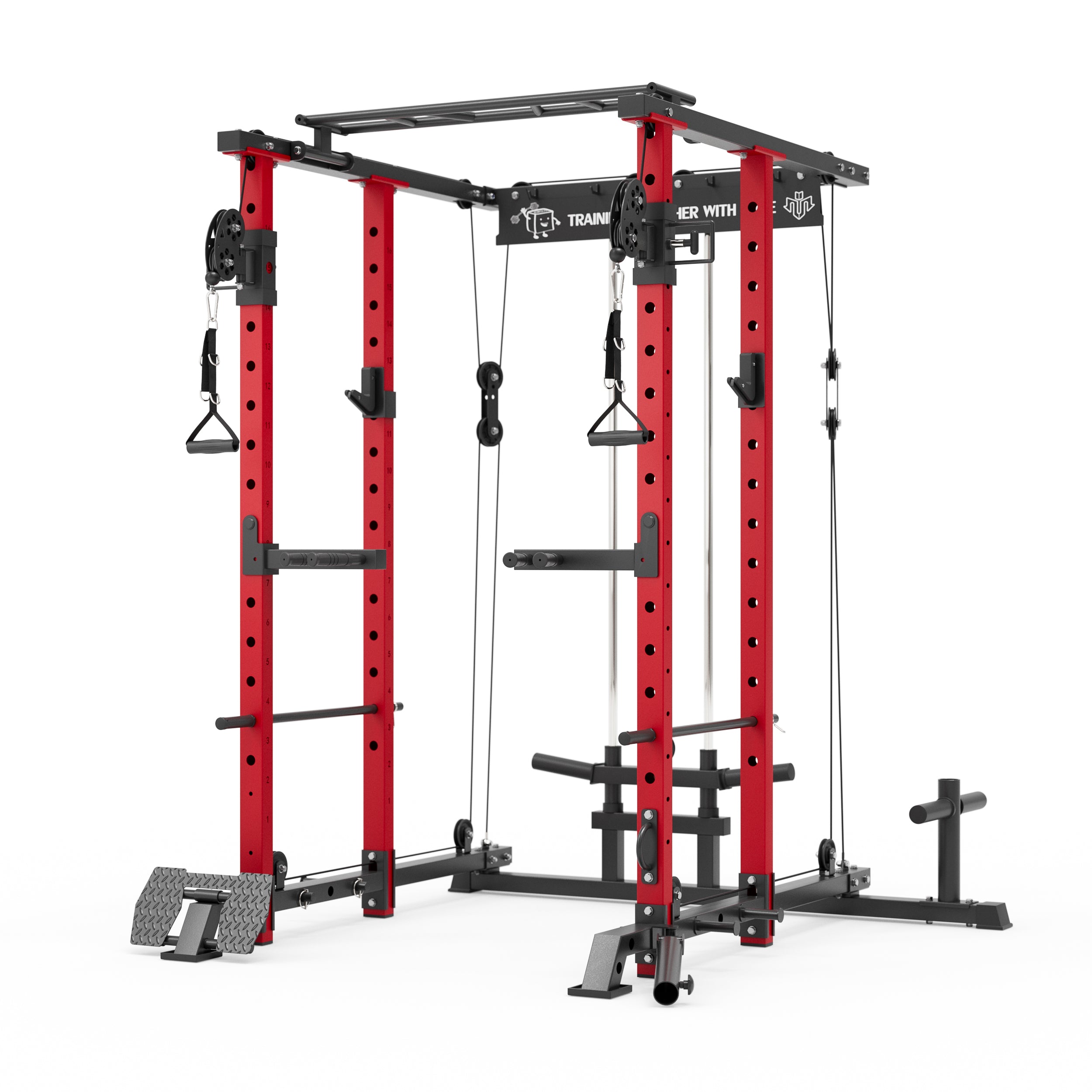


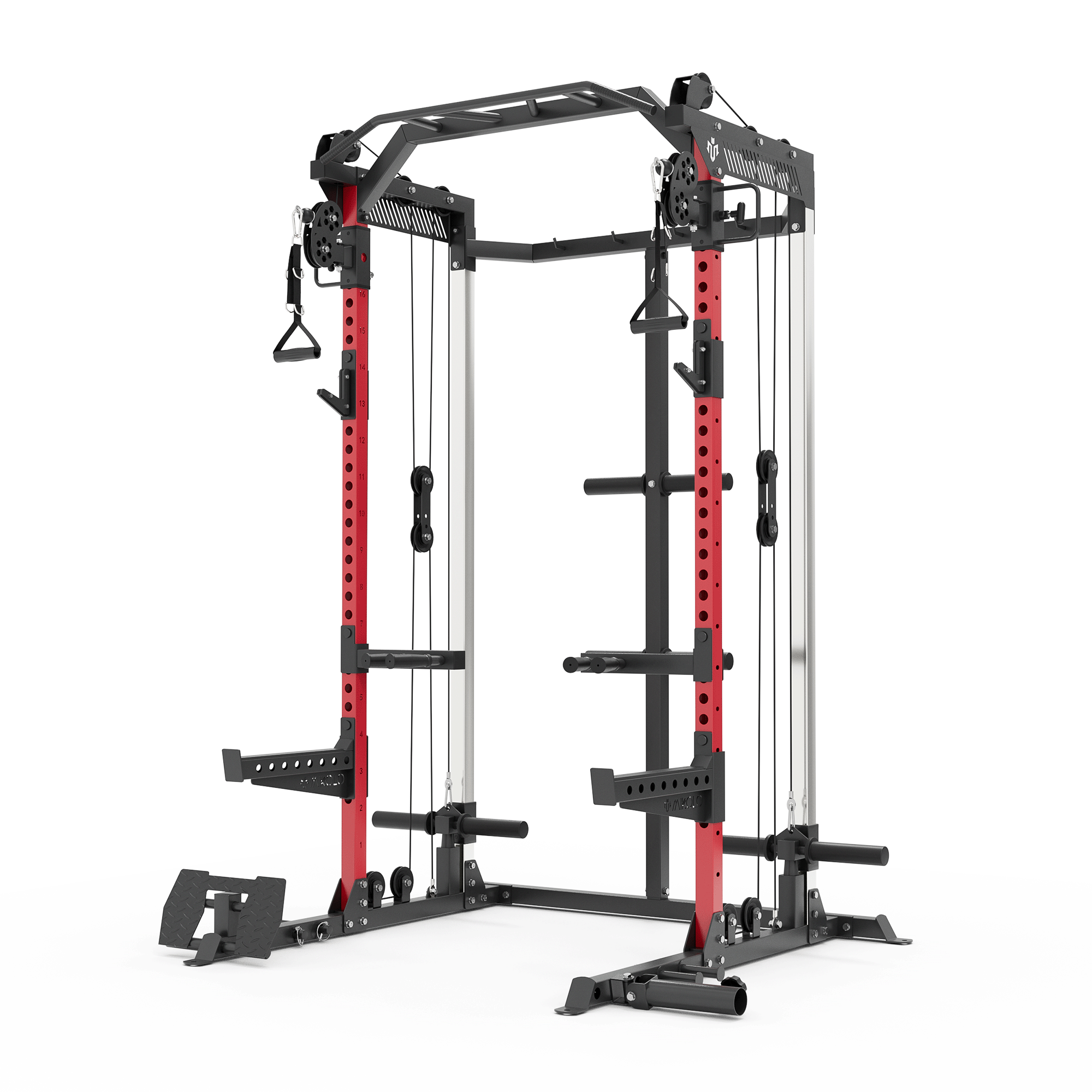



















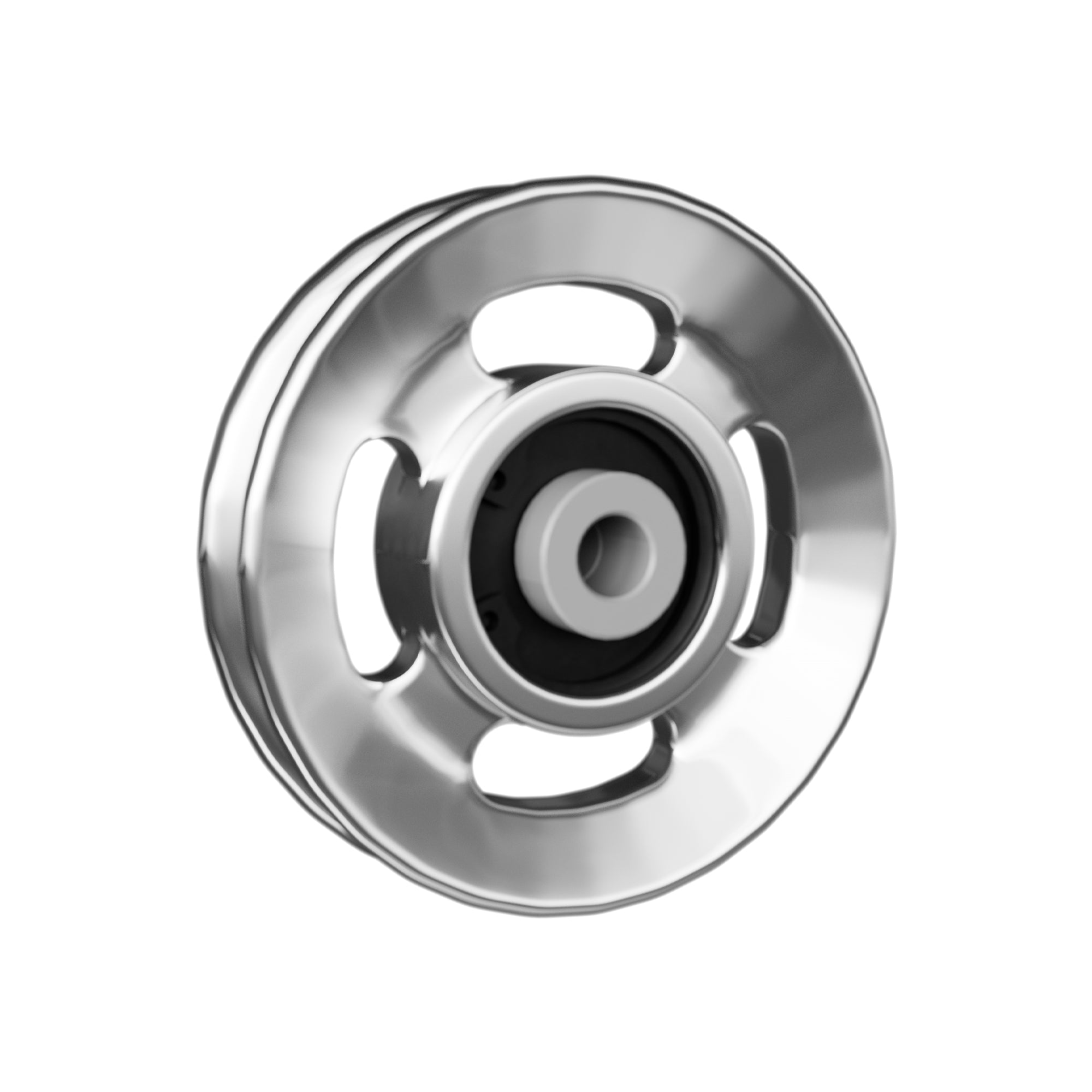



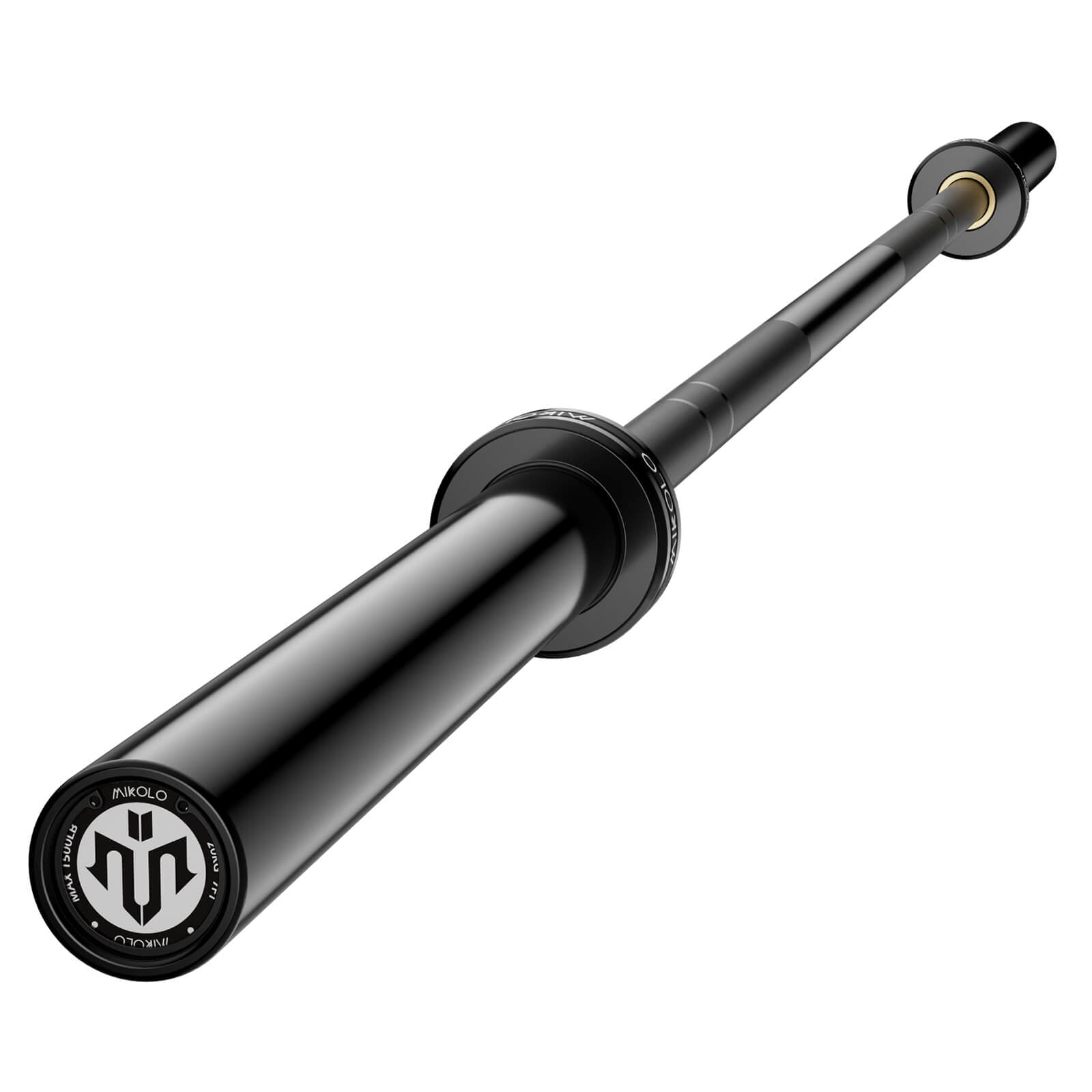
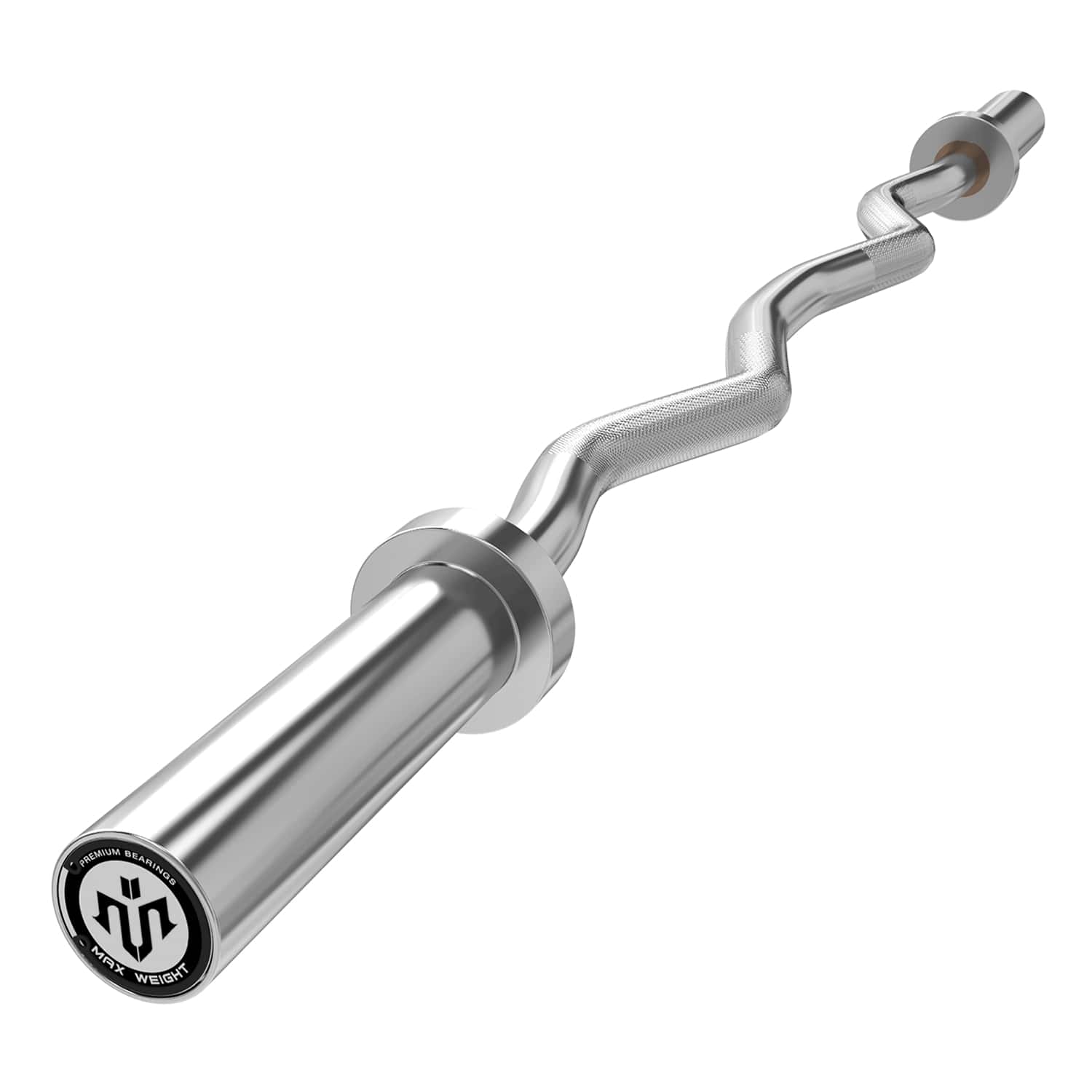







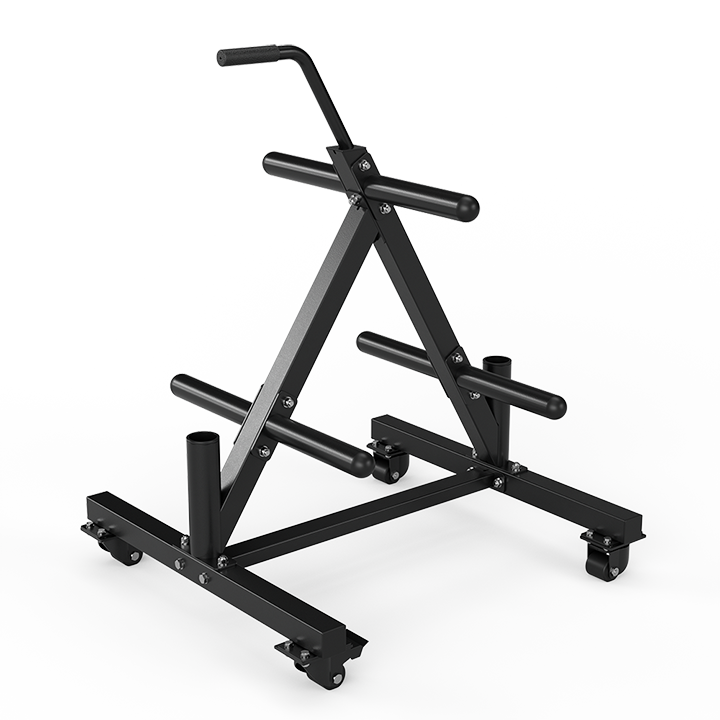






Leave a comment
This site is protected by hCaptcha and the hCaptcha Privacy Policy and Terms of Service apply.